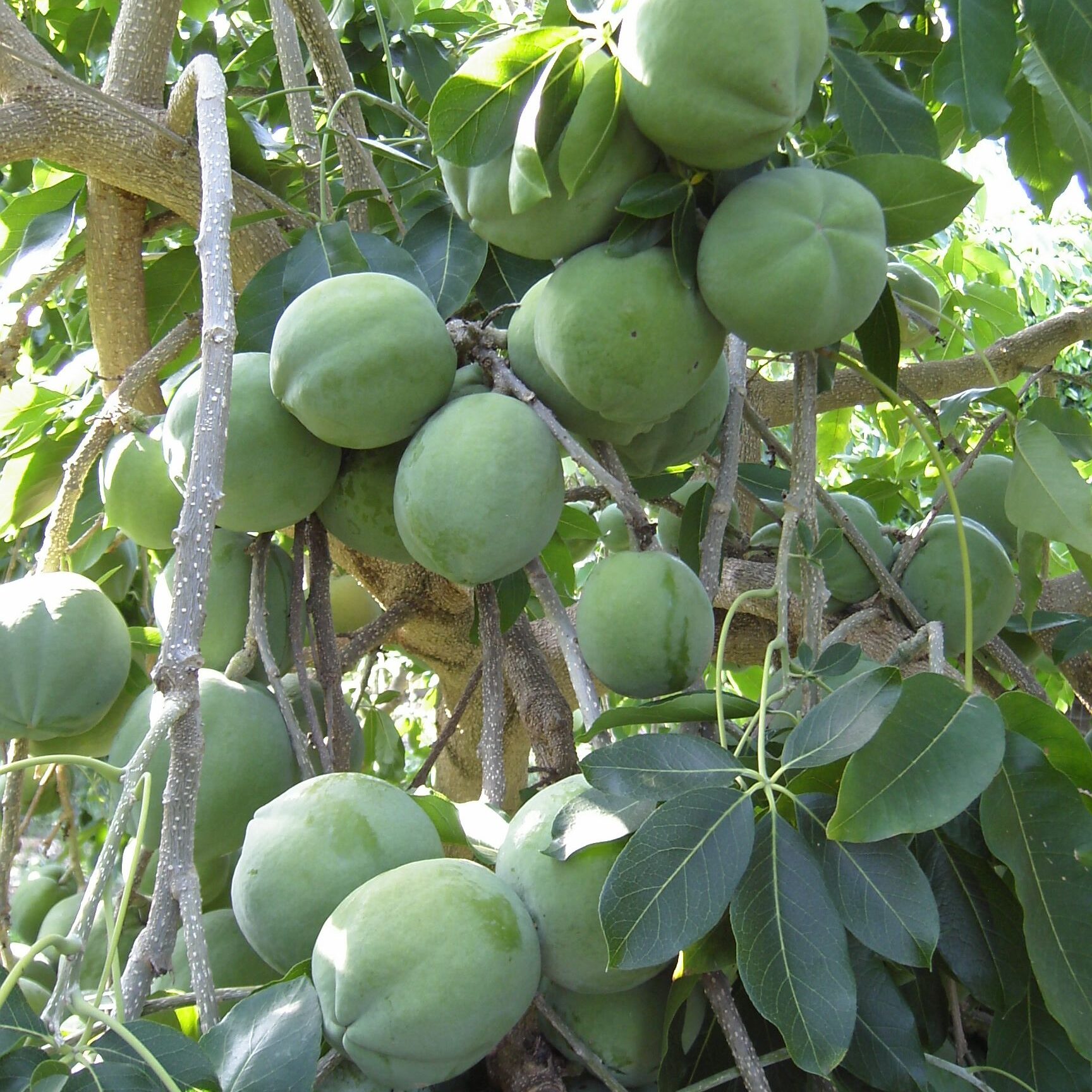-
Troppo Plant & Garden Articles
- Delicious Recipes
- TROPPO’s Food Forest in Te Puke, BOP (www,foodforest.org.nz)
- Troppo’s Plant Collection
- TROPPO's Nursery Directory
- Food Forests of New Zealand (www.foodforests.nz)
- Nursery Map - Plant Suppliers of NZ Directory (www.nurserymap.nz)
- Kids Garden Corner
- New Zealand Garden Bird Survey
- New Zealand Garden Groups
Growing White Sapote: A Comprehensive Guide

White sapote, also known as Casimiroa edulis, is a tropical fruit tree prized for its sweet, custard-like fruits. Native to Mexico and Central America, white sapote trees can thrive in subtropical and warm temperate climates with proper care. This comprehensive guide will take you through everything you need to know about growing and caring for white sapote trees, from planting to harvest.
#### 1. Understanding White Sapote Trees
White sapote trees are evergreen and can grow up to 30 feet tall, with glossy, deep green leaves and fragrant flowers. The fruit is typically round to oval-shaped, with smooth, thin skin that ranges from green to yellow when ripe. The flesh is creamy and sweet, similar to a custard or avocado, containing large seeds.
#### 2. Climate and Growing Conditions
White sapote trees thrive in subtropical and warm temperate climates. Here are the ideal conditions for growing white sapote:
– **Temperature**: White sapotes prefer temperatures between 25°F (-4°C) and 100°F (38°C). They can tolerate brief periods of frost but may need protection during extended cold spells.
– **Sunlight**: Plant white sapote trees in a location that receives full sun to partial shade, ideally with at least 6-8 hours of direct sunlight daily.
– **Soil**: Well-draining soil is crucial. Sandy loam or loamy soil enriched with organic matter is ideal. The soil pH should be slightly acidic to neutral (pH 6.0-7.5).
– **Water**: White sapotes require regular watering, especially during dry periods. However, they are sensitive to waterlogged conditions, so ensure good drainage.
#### 3. Planting White Sapote Trees
Follow these steps to plant your white sapote tree:
– **Timing**: Plant young sapote trees in spring or early summer when the soil has warmed up.
– **Location**: Choose a sunny spot with well-draining soil.
– **Planting Hole**: Dig a hole twice as wide and as deep as the tree’s root ball.
– **Preparing the Tree**: Remove the tree from its nursery container and gently loosen the roots if they are root-bound.
– **Planting Depth**: Place the tree in the center of the hole, making sure the top of the root ball is level with the surrounding soil.
– **Backfill**: Fill the hole with soil, gently firming it around the roots to eliminate air pockets.
– **Watering**: Give the newly planted tree a thorough watering to settle the soil.
#### 4. Care and Maintenance
To ensure healthy growth and fruit production, provide proper care for your white sapote tree:
– **Watering**: Water regularly, especially during dry spells. Deep watering is preferable to frequent shallow watering.
– **Fertilizing**: Apply a balanced fertilizer formulated for fruit trees in spring and late summer. Follow the manufacturer’s instructions for application rates.
– **Mulching**: Apply a layer of organic mulch around the base of the tree to conserve moisture, suppress weeds, and regulate soil temperature.
– **Pruning**: Prune your white sapote tree in late winter to early spring to remove dead, damaged, or crossing branches. Pruning helps maintain tree health and shape.
– **Protection**: Provide protection from strong winds and frost, especially for young trees.
#### 5. Pollination and Fruit Set
White sapote trees are typically self-fertile but may benefit from cross-pollination for increased fruit production. Bees and other pollinators help transfer pollen between flowers. If your tree isn’t fruiting well, consider planting another white sapote tree nearby for better pollination.
#### 6. Harvesting White Sapotes
White sapotes can take 3-5 years to start producing fruit. Here’s how to harvest them:
– **Timing**: Harvest when the fruits are fully mature and have turned from green to yellowish-green or yellow. The skin should yield slightly to gentle pressure.
– **Harvesting**: Cut the fruit from the tree using pruning shears, leaving a short stem attached.
– **Ripening**: Allow harvested fruits to ripen at room temperature. They should become soft and yield to gentle pressure when ripe.
#### 7. Benefits of Growing White Sapotes
– **Nutritional Value**: White sapotes are rich in vitamins A and C, potassium, and dietary fiber.
– **Flavor**: Enjoy the creamy, custard-like texture and sweet flavor of fresh white sapotes.
– **Landscape Appeal**: White sapote trees add tropical beauty to gardens with their glossy leaves and decorative fruits.
#### Conclusion
Growing white sapotes can be a rewarding experience, providing you with delicious fruits and adding a tropical touch to your garden or landscape. By following the guidelines for planting, care, and maintenance outlined in this guide, you can successfully cultivate healthy white sapote trees and enjoy their flavorful fruits for years to come.
—


